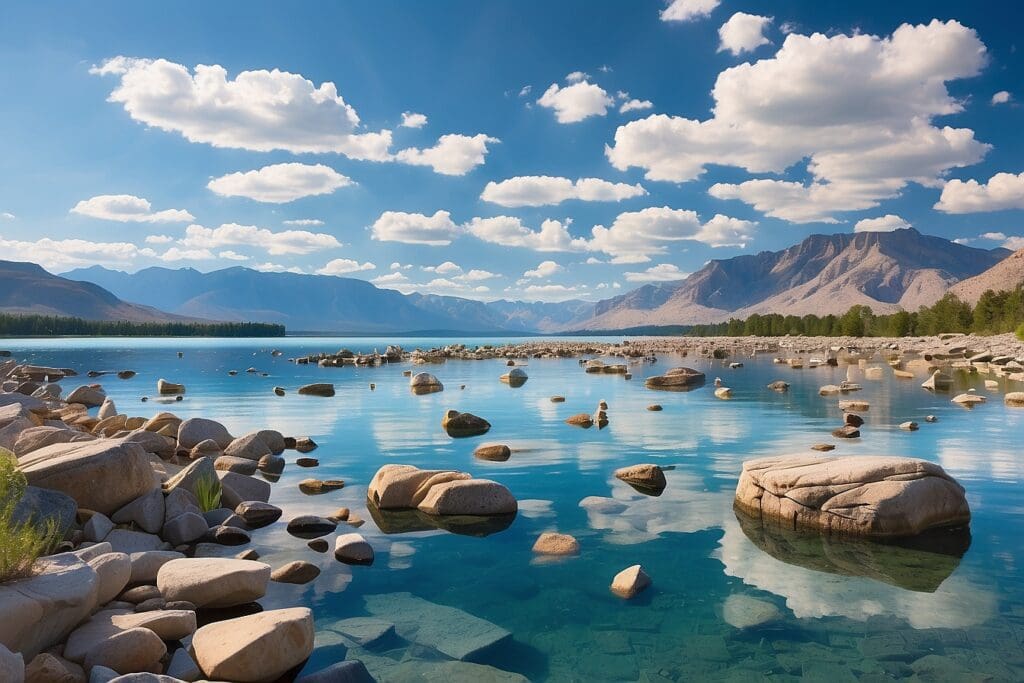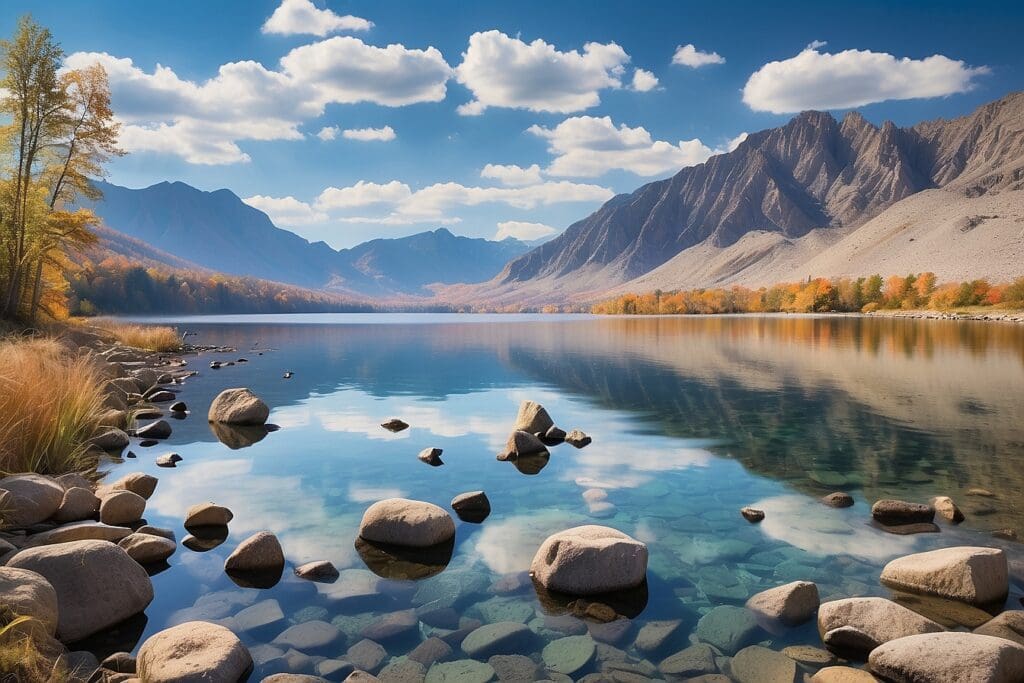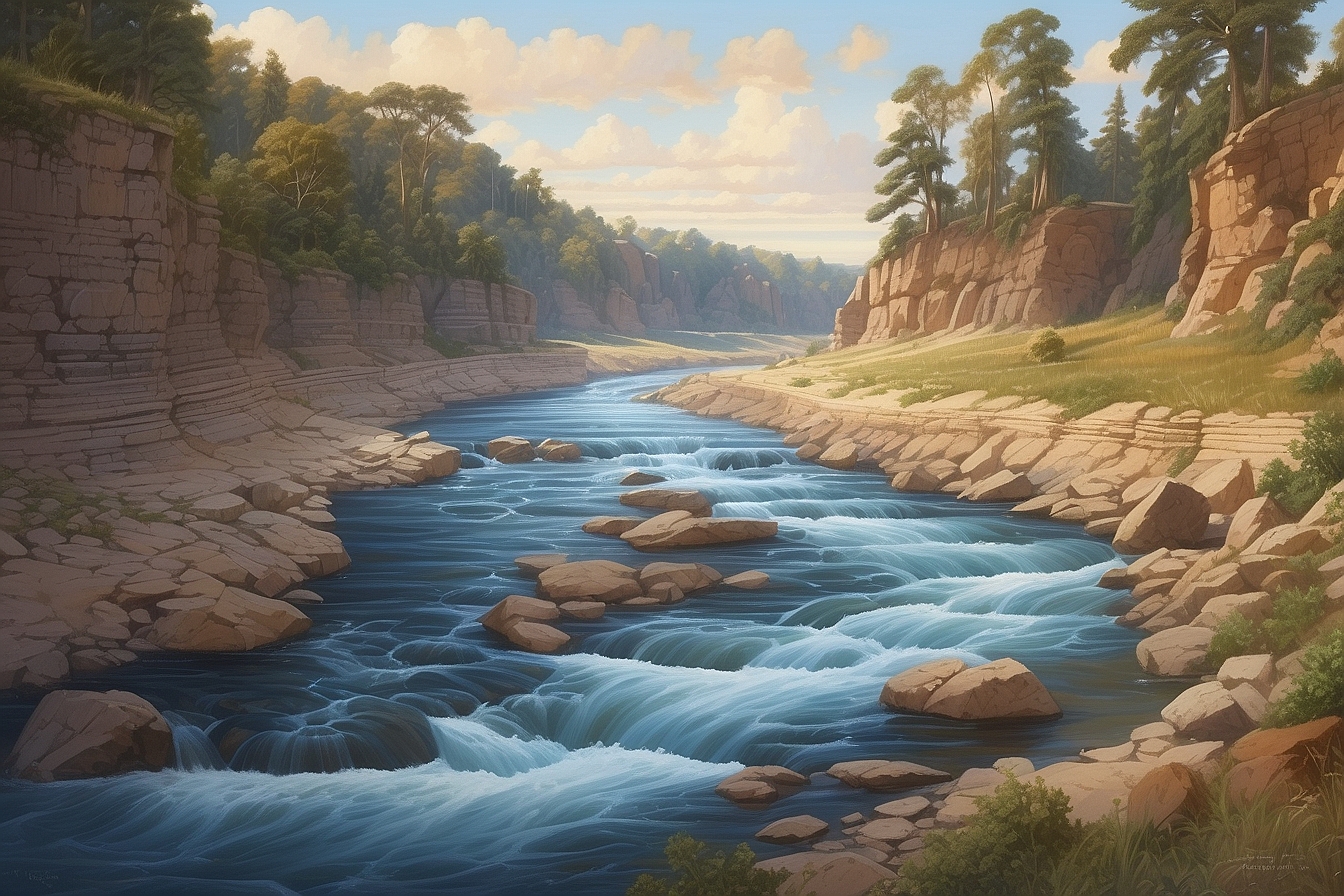Americans love their lakes. Fishing is as American as apple pie and wakeboarding is the new skating. But how safe are these beloved recreational sports? Pollution from industry and agriculture dump phosphates and carcinogens either illegally or legally into lakes while non-native species somehow find their way into waterways and dominate creatures that rightfully belong there. So how are these bodies of water faring, and what is the country doing to prevent their debasement? This article examines some of the nation’s largest lakes and the state of their ecological well-being.

Lake Okeechobee, Florida
One of the largest lakes in the U.S., this shallow freshwater body of water resides in the center of Florida‘s tip and is massively relied upon to provide water to the southern state. Environmental Groups and the Environmental Protection Agency (EPA) are currently in a legal battle after multiple organizations including Earth Justice and Save Our Creeks opposed the EPA’s decision to boost the amount of allowable daily pollutants. Environmentalists contest that the increase to 113 agricultural phosphate parts per billion in 2008 from just 77 ppb in 2007 is too many for the lake to handle and will directly compromise the lake’s ability to abate unnatural algae blooms.1 Everglades, the lake’s primary ecosystem classification, are characterized by shallow, warm waters that depend on clean rain, which keeps its water flow dynamic. Agricultural phosphates, substances that are transported via multiple rivers that feed into the massive Okeechobee, are the largest cause of eutrophication2 to the region. Environmental groups are more concerned about the spike in pollution allowances because Okeechobee is suffering a long lasting drought that began in 2007 and continues to worry Florida residence who are having to decide whether the water should go to the fish, the people, or the farmers.3
The Great Lakes, Michigan
Out of all the great bodies of water in the U.S., these Michigan engulfing lakes are both the largest in the country and the most problematic. Not only do these five regions suffer from excessive industrial pollution, but they are plagued by invasive species, shoreline erosion, acid rain, loss of wetlands, and an unhealthy fluctuation of water levels.4 Yup, bring up the Great Lakes to an environmentalist or a Michigan native and he or she will be sure to cringe and then fall into a passionate rant of ecosystem degradation. These five lakes in total receive over one billion gallons of sewage water annually, which not only affects the quality of water and life of the lakes but also severely hinders bordering states’ economies.5 The lakes also house over 140 non-native species, the majority of which were accidently introduced.6 So what is being done?
Unfortunately, once an exotic species is discovered, chances are high that the organism is already thriving and it is too late to alleviate its presence. The only method Michigan employs to diminish exotics is public education that informs people of both the dangers of introducing a non-native species, as well as how to avoid accidental introduction.7 Ballast water, or water stored inside of a boat for balance, is the main channel for transferring non-natives to the lakes. Boats are now required to transplant their ballast water with seawater in order to kill off any species that cannot survive in freshwater. This method, however, is not guaranteed to work and the water exchange often admits pollutants, therefore ebbing one problem and promoting another. As for the pollution, President Obama has pledged $475 million—pending Congressional approval—to help clean up the country’s largest lakes.8 The EPA recognizes mercury, dioxin, PCBs (harmful chemical carcinogens used in big industry9), and pesticides as the major challenges to the lakes.
The Great Salt Lake, Utah
The Great Salt Lake is heavily polluted but scientists don’t know why. Unlike the Great Lakes or Lake Okeechobee, this body of water has extremely high levels of mercury which is making its way up the food chain and posing a high threat to wildlife. Mercury’s toxicity is so potent that it can travel through various waterways and pick up more toxins as it travels and heavily pollute the body of water where it finally comes to rest. While scientists and biologists work to figure out its source, experts suggest that people don’t eat fish or plants that live in the lake, but no prohibition on swimming has been made as of yet.10
Yellowstone Lake, Wyoming
One of the most protected lakes in the United States, Yellowstone Lake is located in the southeast corner of Yellowstone National Park.11 Because of its whereabouts, Yellowstone Lake has managed to avoid the industrial toxins and human waste that are often dumped into and cause major ecological damage to prominent bodies of water, such as the Great Lakes. However, Yellowstone is not without its problems. Despite its clean waters and relatively minimal human intrusion, beneath the calm surface of the beautiful blue waters lies a biological struggle between the native cutthroat trout and the lake trout. The latter is an invasive species introduced probably sometime in the early 1990s, though park officials are not sure how exactly the fish entered the lake.12 Lake trout are higher in the food chain then the cutthroat, preying on cutthroat and slowly diminishing its population. The National Park is concerned that if the lake trout are not removed they will overrun the native species and alter the balance of Yellowstone Lake’s ecosystem.
If you are interested in a discussion on the status of Rivers in the U.S., check out: http://www.wordpress-837916-4114959.cloudwaysapps.com/GreeniacsArticles/Rivers-in-the-United-States-The-State-of-Our-Waters.html.





